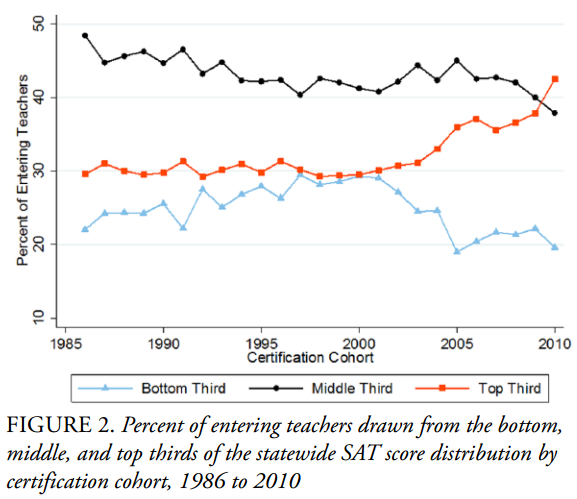"You're a Teacher, What a Waste!"
"“...You graduated from a very good university, and you’re in a public school?” “What a waste!...” ...Then I realized, it’s not about my decision to be a public school teacher. It’s about what people think of our public schools. If our public schools were well run, people won’t be telling me those things." These are the words of Sabrina Ongkiko, an alumnus of Ateneo de Manila University who decided to teach in a school where a teacher's socks and shoes can be easily drenched when it rains because of leaky roofs. Sabrina correctly sums up one of the gravest ills of public basic education. Unfortunately, we are always quick to point our blaming fingers on teachers when the missteps are really from the top, education policy makers and the government.
There are isolated bright spots like the story of Sabrina. Unfortunately, the image of teaching in a public school has been so tarnished that these spots can be easily overwhelmed by the darkness that currently engulfs Philippine schools. Seeing what is happening in New York State makes one envious. A paper recently published in the journal Educational Researcher shows that individuals entering the teaching profession are increasingly coming from the top-performing students.
 |
| Above copied from Educational Researcher |
The turnaround is truly remarkable and it starts at the turn of the century. And from 2006-2010, the proportion of teachers coming from the upper third in terms of SAT scores is now about to reach 50 percent. What is more remarkable however is the fact that schools serving a larger number of students from poor families are the chosen destinations of these promising new teachers as seen in the following figure:
 |
| Above copied from Educational Researcher |
Of course, there still remains plenty of room for improvement. As demonstrated in the above figure, schools with the highest poverty are still behind other schools in terms of SAT scores of the teachers. The richest schools still have the highest combined SAT score among the teachers. But the trend is nonetheless encouraging. Perhaps, the attitude is indeed turning around and the image of the teaching profession is slowly improving.
Someday, this may likewise happen in the Philippine schools. But that day will only arrive when those who are causing great damage to basic education are no longer drawing policies and curriculum.
Comments
Post a Comment